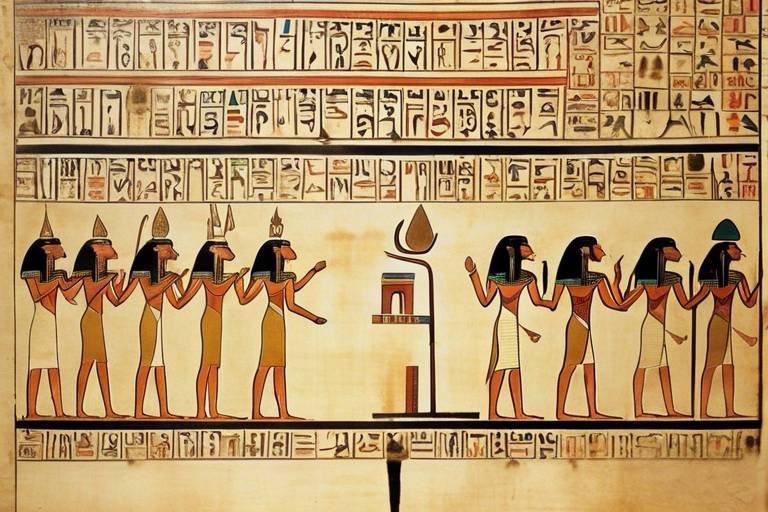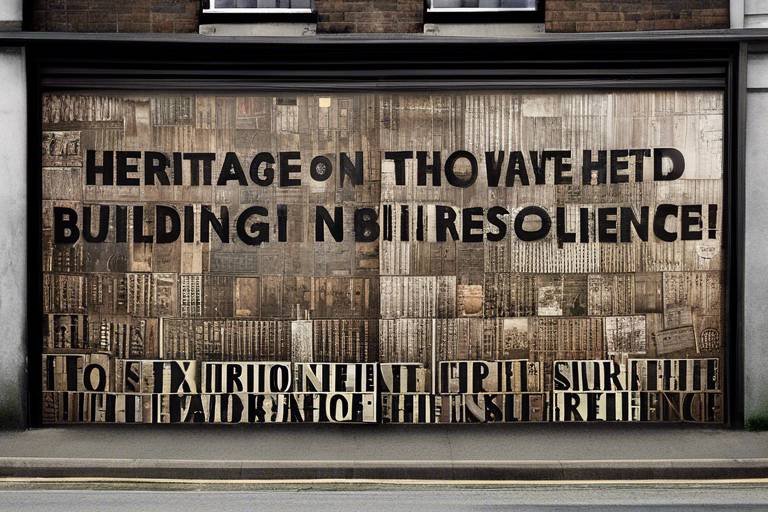The Influence of Ancient Roman Architecture on Modern Design
When we look at the world around us, it's fascinating to see how ancient Roman architecture continues to influence and shape modern design trends. The architectural principles and styles of the Roman civilization have left a lasting impact on contemporary buildings, interiors, and urban planning, showcasing a timeless appeal that transcends centuries.
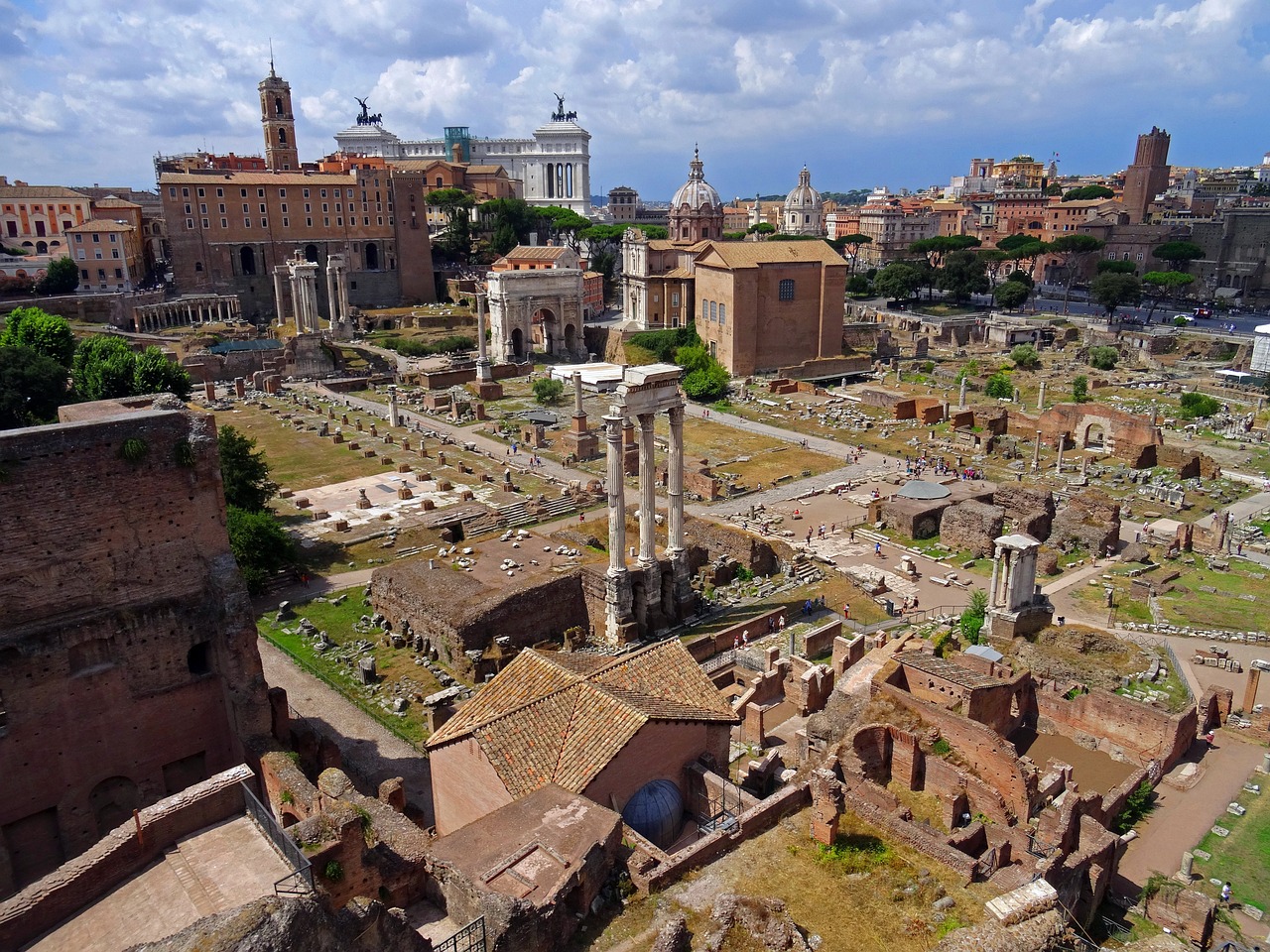
Columns and Pillars
Columns and pillars are iconic elements of ancient Roman architecture that have stood the test of time and continue to influence modern design trends. These structural components not only provide support but also serve as symbolic representations of strength and grandeur. The Roman columns with their distinctive Doric, Ionic, and Corinthian styles add a touch of elegance and sophistication to contemporary buildings, creating a sense of timelessness and classical beauty.
When integrated into modern architecture, can transform a space, giving it a sense of history and tradition while also adding a touch of architectural flair. Whether used as standalone features or incorporated into facades, these elements evoke a sense of monumentality and grace, drawing the eye upward and emphasizing verticality in design.
Architects and designers often look to the ancient Roman examples of columns and pillars for inspiration, adapting their proportions and detailing to suit the aesthetic of their projects. The versatility of these architectural elements allows for a range of interpretations, from traditional to contemporary, ensuring that the legacy of Roman design continues to shape the built environment in meaningful ways.
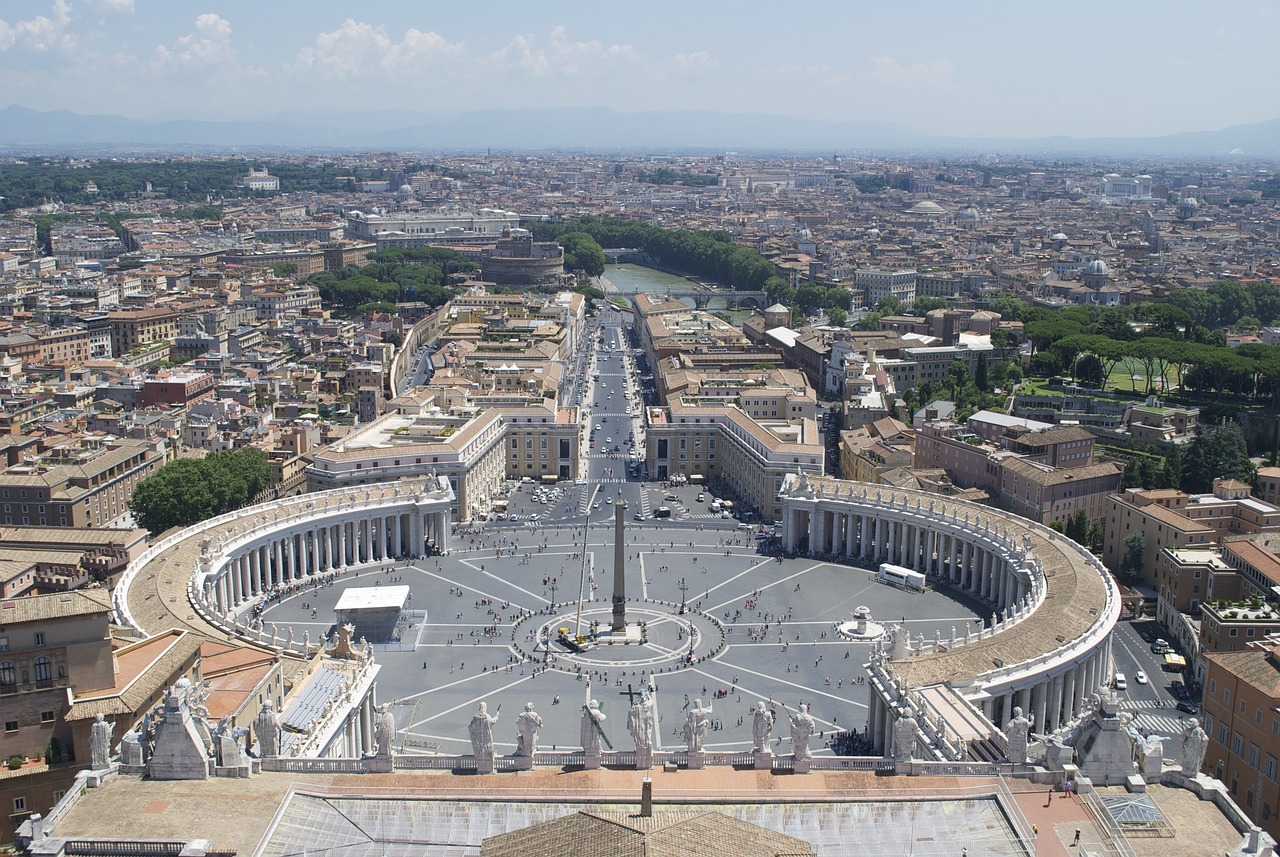
Archways and Vaults
Archways and vaults are iconic features of ancient Roman architecture that continue to influence modern design practices. The Romans were pioneers in utilizing arches and vaults to create grand structures with remarkable stability and aesthetic appeal. These architectural elements not only served structural purposes but also added a sense of grandeur and sophistication to Roman buildings. One of the most famous examples of Roman arches is the Colosseum, showcasing the grandeur and engineering prowess of the ancient Romans. The use of archways allowed for the creation of spacious interiors and the support of massive structures, revolutionizing architectural design during that era. Today, architects and designers draw inspiration from Roman arches to create visually stunning and structurally sound buildings. Vaults, another hallmark of Roman architecture, provided a solution for covering large interior spaces with a strong and durable roofing system. The innovation of vaulted ceilings allowed for the construction of expansive halls and cathedrals, showcasing the architectural ingenuity of the Romans. Modern architects often incorporate vaulted ceilings in their designs to evoke a sense of timelessness and grandeur. The integration of archways and vaults in contemporary architecture pays homage to the enduring legacy of Roman design principles. By incorporating these elements, architects can create spaces that exude elegance, strength, and a connection to the rich architectural history of ancient Rome. Whether in residential homes, commercial buildings, or public structures, archways and vaults continue to captivate and inspire designers worldwide.
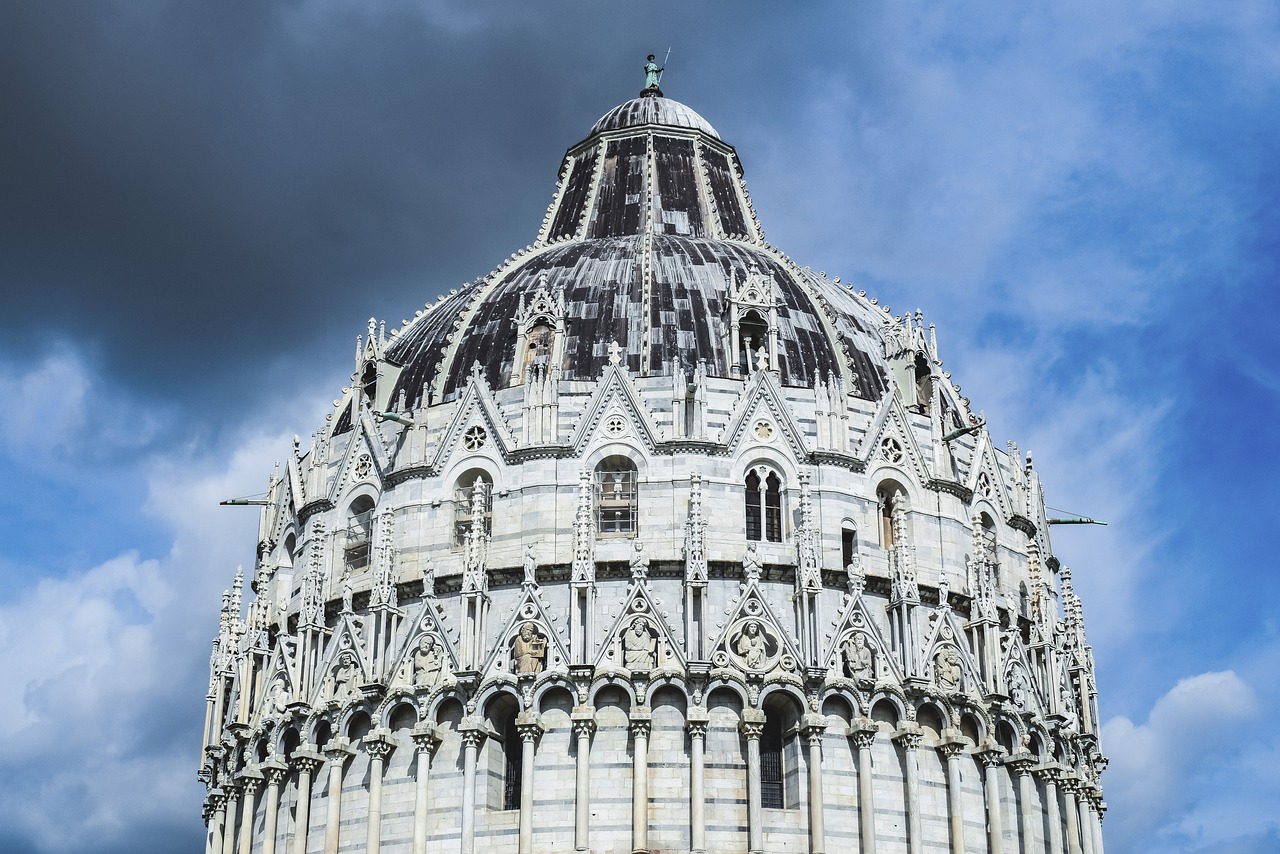
Aqueducts and Infrastructure
Exploring how the architectural principles and styles of ancient Roman civilization continue to inspire and shape contemporary design trends in buildings, interiors, and urban planning.
The enduring appeal of Roman columns and pillars in modern architecture, their significance, and the ways in which they are integrated into contemporary design projects.
Examining the use of archways and vaults in ancient Roman architecture, their structural innovations, and how they are reinterpreted in modern architectural designs for both aesthetic and functional purposes.
Understanding the engineering marvels of Roman aqueducts and infrastructure, their impact on modern urban planning, and the sustainable design practices inspired by ancient water management systems.
Exploring the architectural design of Roman amphitheaters, their influence on modern stadium and entertainment venue architecture, and the integration of historical elements into contemporary entertainment spaces.
Discovering the Roman concept of courtyards and gardens in architectural design, their role in creating harmonious living environments, and how modern designers incorporate green spaces for sustainability and well-being.
Appreciating the artistry of Roman mosaics and frescoes, their decorative applications in ancient buildings, and the revival of these intricate patterns and motifs in modern interior design and decorative arts.
Analyzing the architectural innovation of domed roofs and rotundas in Roman buildings, their symbolic significance, and the contemporary reinterpretation of these design elements in iconic modern structures.
Investigating the materials and construction techniques used in ancient Roman architecture, their durability and sustainability, and the adaptation of traditional methods in modern construction practices for timeless and resilient buildings.
Coming soon...

Amphitheaters and Entertainment Spaces
Amphitheaters hold a special place in the history of Roman architecture, serving as iconic structures for entertainment and public gatherings. These grand arenas were designed not only for gladiatorial contests and theatrical performances but also as communal spaces where citizens could come together for various events. The influence of Roman amphitheaters on modern entertainment spaces is evident in the design of contemporary stadiums and performance venues, which aim to create immersive experiences for audiences.
One of the key features of Roman amphitheaters is their circular or oval shape, allowing for optimal viewing angles and acoustics. This architectural innovation has been carried forward into modern stadium design, where seating arrangements and acoustics are carefully considered to enhance the spectator experience. The concept of tiered seating, prevalent in ancient amphitheaters, is still widely used in modern arenas to provide clear sightlines and maximize capacity.
Furthermore, the structural engineering techniques employed in Roman amphitheaters, such as the use of arches and vaults to support grand stands, have influenced the construction of contemporary entertainment venues. The durability and strength of these architectural elements ensure the longevity of modern stadiums and event spaces, reflecting the enduring legacy of Roman engineering prowess.
Moreover, the incorporation of historical elements from Roman amphitheaters into modern entertainment spaces serves to create a sense of continuity and cultural connection. By integrating design elements inspired by ancient architecture, architects and designers pay homage to the rich heritage of Roman civilization while infusing contemporary spaces with a touch of timeless elegance and grandeur.

Courtyards and Gardens
When it comes to architectural design, the concept of courtyards and gardens holds a special place that transcends time. In ancient Roman civilization, courtyards and gardens were integral components of architectural planning, serving as tranquil retreats within bustling urban environments. These green spaces were not merely decorative but played a crucial role in promoting well-being and creating harmonious living environments.
Roman courtyards, known as atriums, were central open spaces within residential structures, often adorned with lush greenery, fountains, and sculptures. They served as gathering areas for social interactions, ceremonies, and religious rituals, reflecting the importance of communal life in Roman society. The careful placement of these courtyards allowed natural light and ventilation to permeate the living spaces, enhancing the overall quality of life for inhabitants.
Similarly, Roman gardens were meticulously designed landscapes that combined elements of symmetry, order, and beauty. These gardens featured a variety of plant species, water features, and architectural elements such as pergolas and statues. The meticulous planning and cultivation of Roman gardens showcased a deep appreciation for nature and the aesthetic principles of balance and proportion.
In modern architectural design, the influence of Roman courtyards and gardens can be observed in the incorporation of green spaces within residential and commercial buildings. Architects and urban planners recognize the importance of integrating natural elements into built environments to promote sustainability, enhance aesthetics, and improve the overall quality of life for occupants.
Contemporary courtyards and gardens are designed not only for visual appeal but also for functionality, serving as outdoor living areas, recreational spaces, and ecological buffers within urban settings. The use of sustainable landscaping practices, such as rainwater harvesting, native plant species, and permeable paving, reflects a commitment to environmental stewardship and resource conservation.
By drawing inspiration from the timeless principles of Roman courtyard and garden design, modern architects and designers continue to create innovative spaces that blur the boundaries between indoor and outdoor living. The integration of greenery, natural light, and water features enhances the connection between humans and nature, fostering a sense of tranquility and well-being in the built environment.
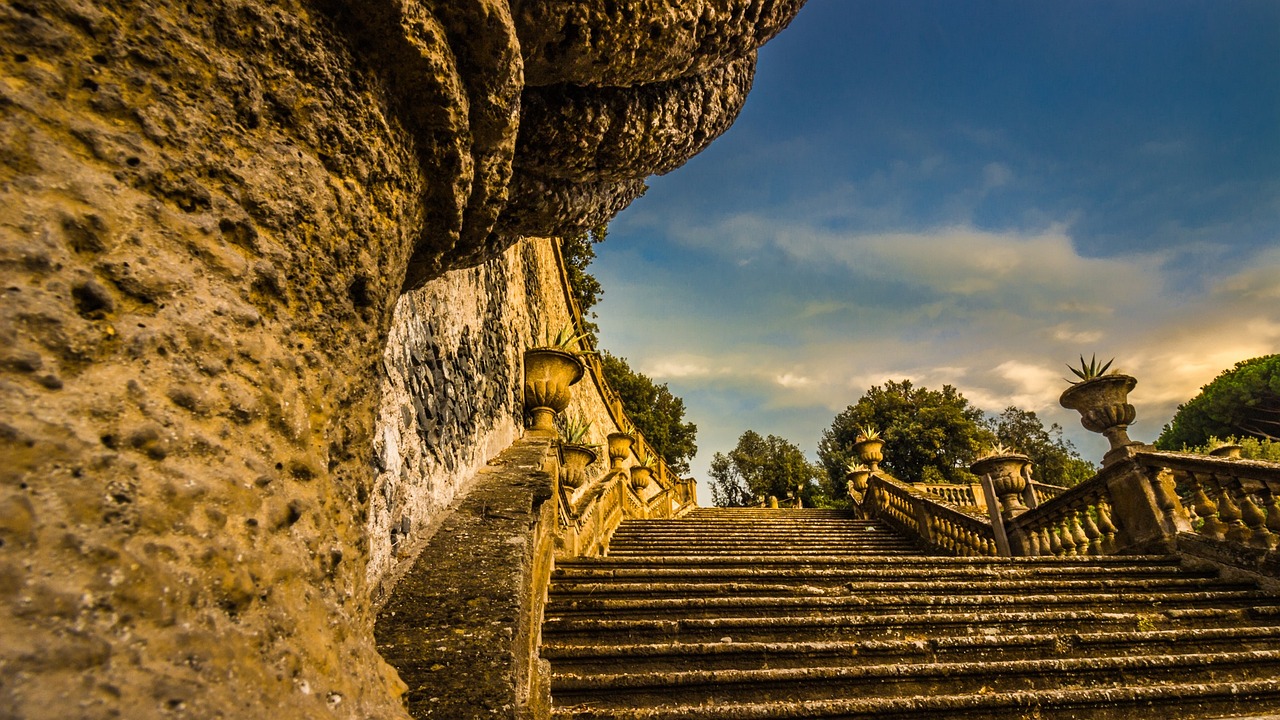
Mosaics and Frescoes
Exploring how the architectural principles and styles of ancient Roman civilization continue to inspire and shape contemporary design trends in buildings, interiors, and urban planning.
The enduring appeal of Roman columns and pillars in modern architecture, their significance, and the ways in which they are integrated into contemporary design projects.
Examining the use of archways and vaults in ancient Roman architecture, their structural innovations, and how they are reinterpreted in modern architectural designs for both aesthetic and functional purposes.
Understanding the engineering marvels of Roman aqueducts and infrastructure, their impact on modern urban planning, and the sustainable design practices inspired by ancient water management systems.
Exploring the architectural design of Roman amphitheaters, their influence on modern stadium and entertainment venue architecture, and the integration of historical elements into contemporary entertainment spaces.
Discovering the Roman concept of courtyards and gardens in architectural design, their role in creating harmonious living environments, and how modern designers incorporate green spaces for sustainability and well-being.
Appreciating the artistry of Roman mosaics and frescoes, their decorative applications in ancient buildings, and the revival of these intricate patterns and motifs in modern interior design and decorative arts.
Analyzing the architectural innovation of domed roofs and rotundas in Roman buildings, their symbolic significance, and the contemporary reinterpretation of these design elements in iconic modern structures.
Investigating the materials and construction techniques used in ancient Roman architecture, their durability and sustainability, and the adaptation of traditional methods in modern construction practices for timeless and resilient buildings.

Domed Roofs and Rotundas
Exploring how the architectural principles and styles of ancient Roman civilization continue to inspire and shape contemporary design trends in buildings, interiors, and urban planning.
When we gaze upon the majestic domed roofs and rotundas of ancient Roman structures, we are transported back in time to an era of architectural innovation and grandeur. These iconic design elements not only served practical purposes but also held symbolic significance, representing strength, unity, and the heavens above.
The Romans mastered the art of constructing massive domes, such as the Pantheon, using a combination of concrete, brick, and ingenious engineering techniques. The oculus, or central opening, in the domed roofs allowed natural light to filter through, creating a celestial effect that illuminated the interior spaces with a divine glow.
In modern architecture, we see echoes of the Roman domed roofs and rotundas in iconic structures like the Capitol building in Washington D.C. and the Reichstag dome in Berlin. Architects continue to draw inspiration from the timeless elegance and structural integrity of Roman design, adapting it to suit contemporary aesthetics and functional requirements.
Furthermore, the concept of the rotunda, with its circular layout and domed ceiling, has been reimagined in modern buildings to create dynamic and visually striking spaces. From museums to libraries, the influence of Roman rotundas can be seen in the architectural landscape of today, blending tradition with innovation to captivate and inspire all who enter.
Have questions about how ancient Roman architecture influences modern design? Check out our FAQs below:
- How did Roman architecture impact urban planning?
- What are some examples of modern buildings inspired by Roman design?
- Why are Roman columns and pillars still popular in contemporary architecture?
- How did the Romans incorporate green spaces into their architectural designs?
- What materials and construction techniques did the Romans use to build durable structures?
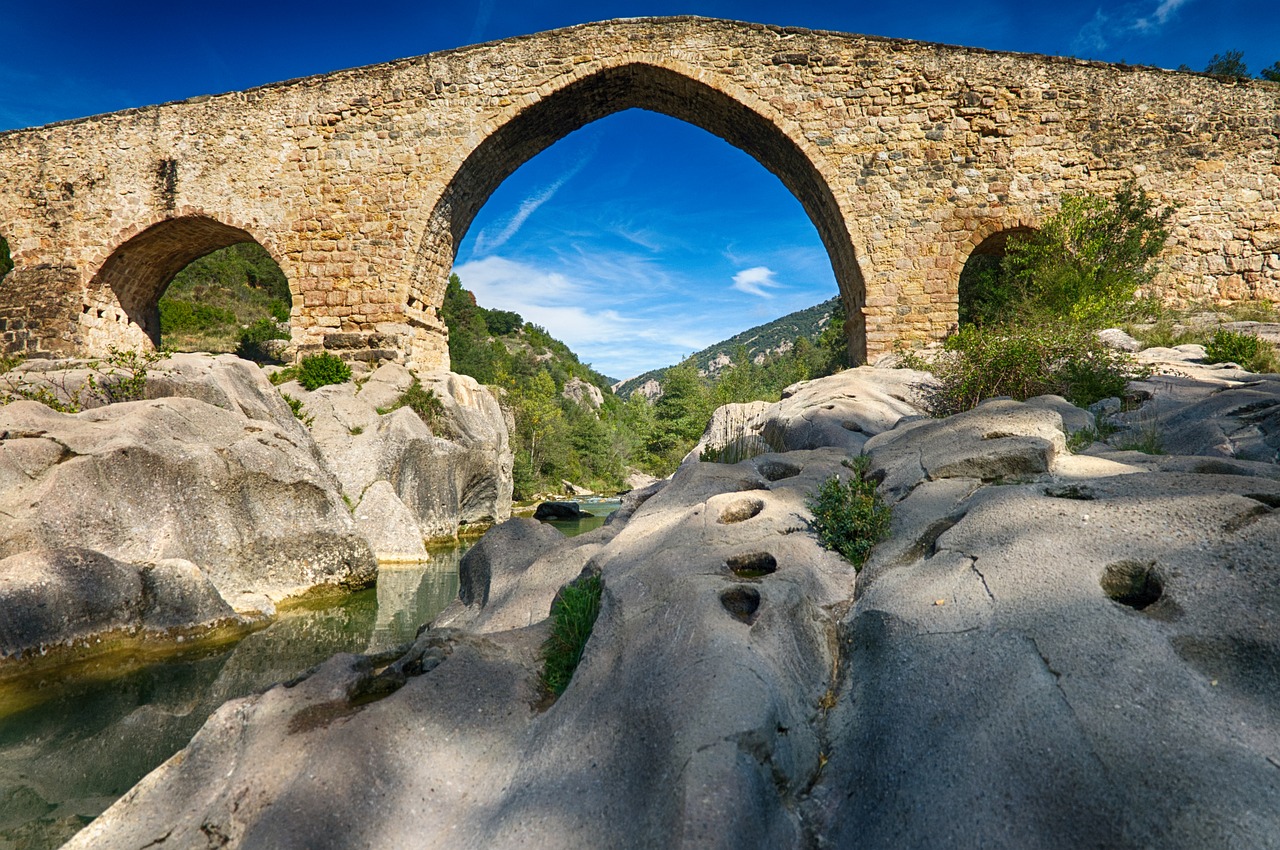
Materials and Construction Techniques
Exploring how the architectural principles and styles of ancient Roman civilization continue to inspire and shape contemporary design trends in buildings, interiors, and urban planning.
Ancient Roman architecture is renowned for its innovative use of materials and construction techniques that have stood the test of time. Romans utilized a variety of materials such as concrete, brick, and stone, showcasing their mastery in creating durable and long-lasting structures. The development of concrete, known as Roman concrete, revolutionized construction practices, enabling the construction of massive structures like the Pantheon with its iconic dome.
Furthermore, Roman architects employed advanced construction techniques such as the use of arches and vaults to distribute weight effectively, allowing for the creation of grand structures like the Colosseum. The incorporation of these architectural elements not only provided structural stability but also added a touch of grandeur and sophistication to Roman buildings.
In modern design, architects and engineers continue to draw inspiration from Roman construction techniques, incorporating elements like arches, vaults, and domes into contemporary buildings. By blending traditional methods with modern technology, designers are able to create sustainable and resilient structures that pay homage to the enduring legacy of ancient Roman architecture.
Frequently Asked Questions
- What are the key architectural elements that ancient Roman civilization contributed to modern design?
Ancient Roman architecture has influenced modern design through various elements such as columns, archways, aqueducts, amphitheaters, courtyards, mosaics, domed roofs, and construction techniques. These elements continue to inspire contemporary architects and designers in creating innovative and timeless structures.
- How are Roman columns and pillars integrated into modern architecture?
Roman columns and pillars are often used in modern architecture to add a sense of grandeur and classical elegance to buildings. They are incorporated in facades, entrances, and interior spaces, serving both aesthetic and structural purposes while paying homage to the architectural legacy of ancient Rome.
- What is the significance of Roman aqueducts and how do they influence modern urban planning?
Roman aqueducts were remarkable feats of engineering that supplied water to cities, showcasing advanced infrastructure planning. Their influence on modern urban planning lies in the emphasis on sustainable water management systems and the integration of green spaces inspired by ancient Roman principles of public health and well-being.





